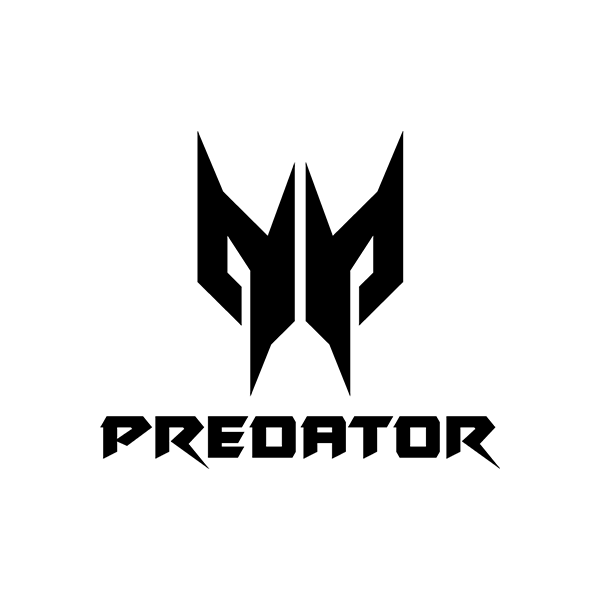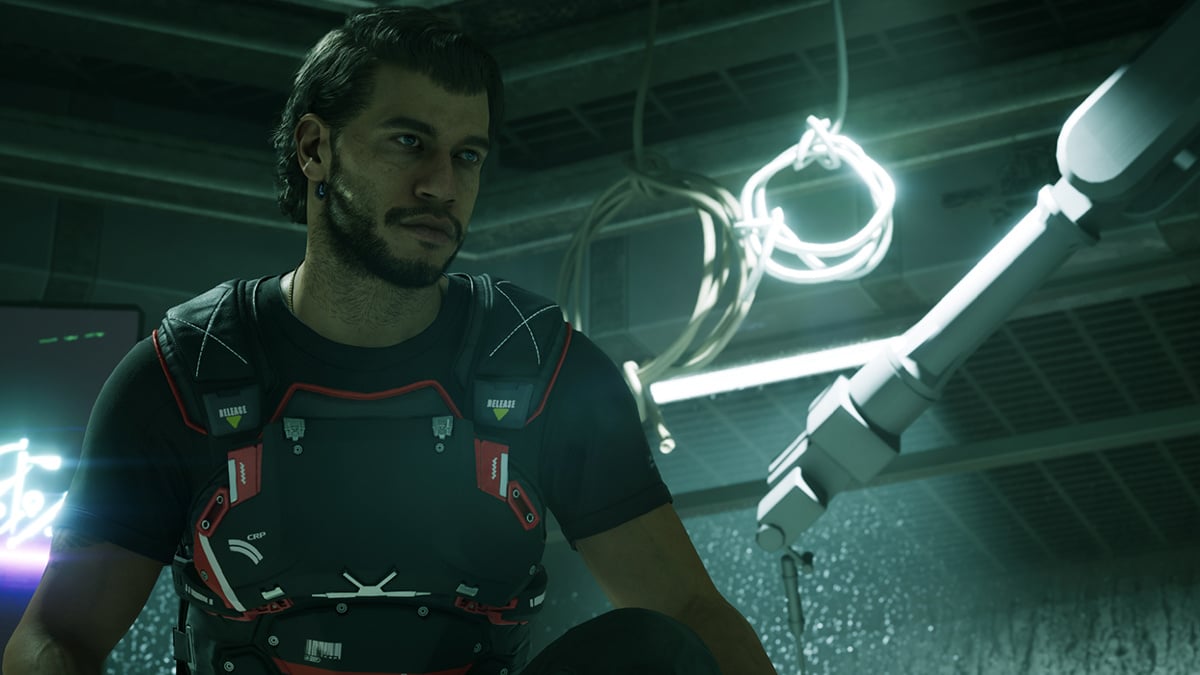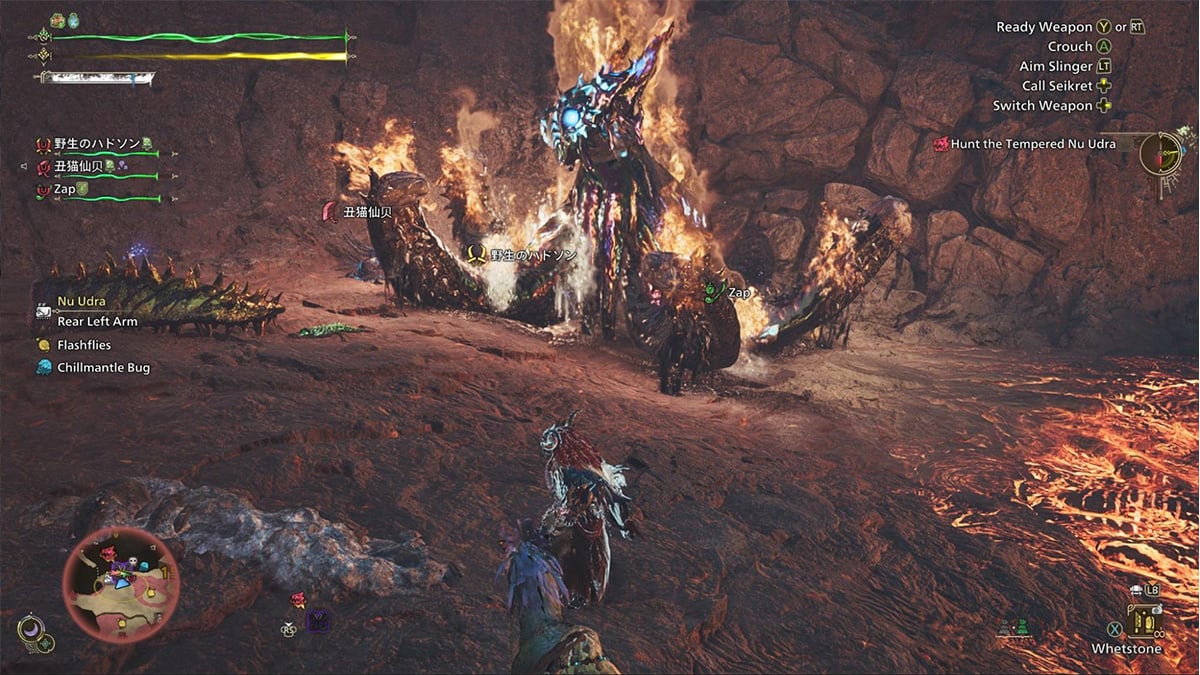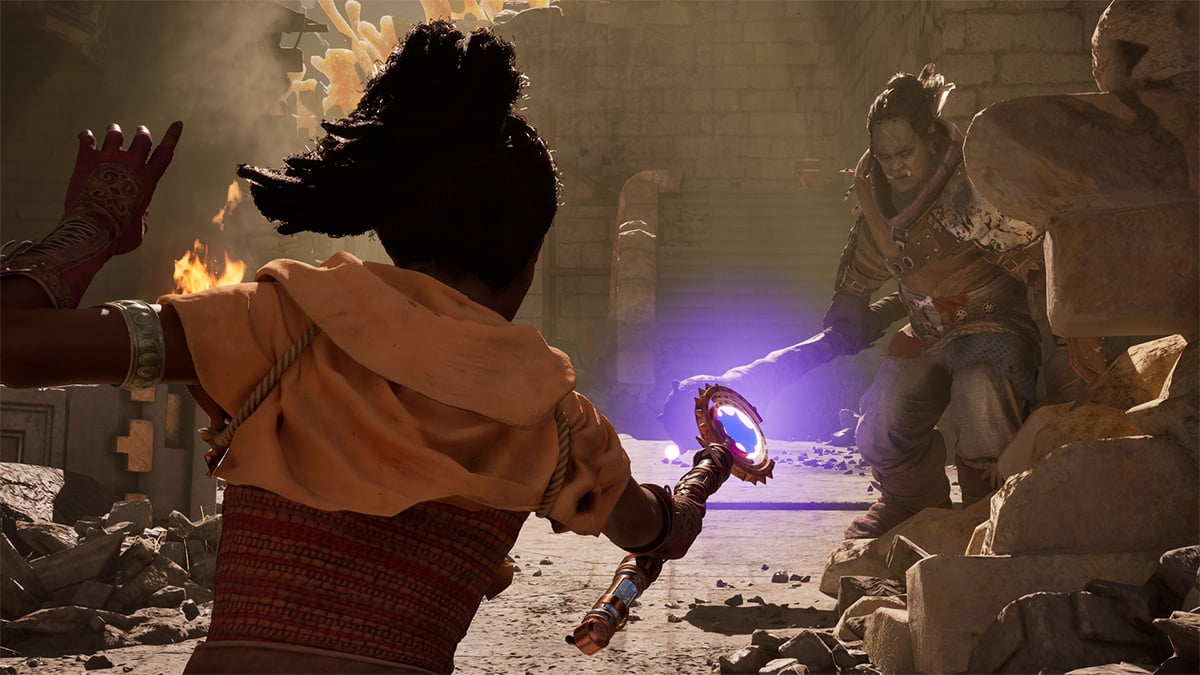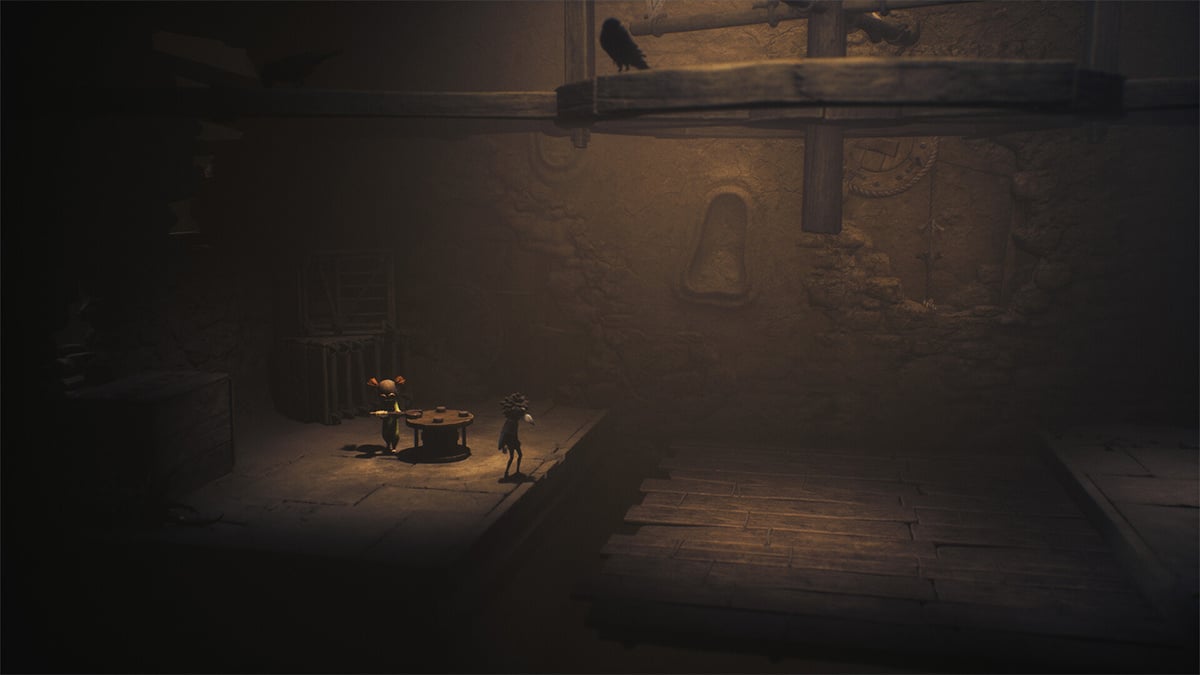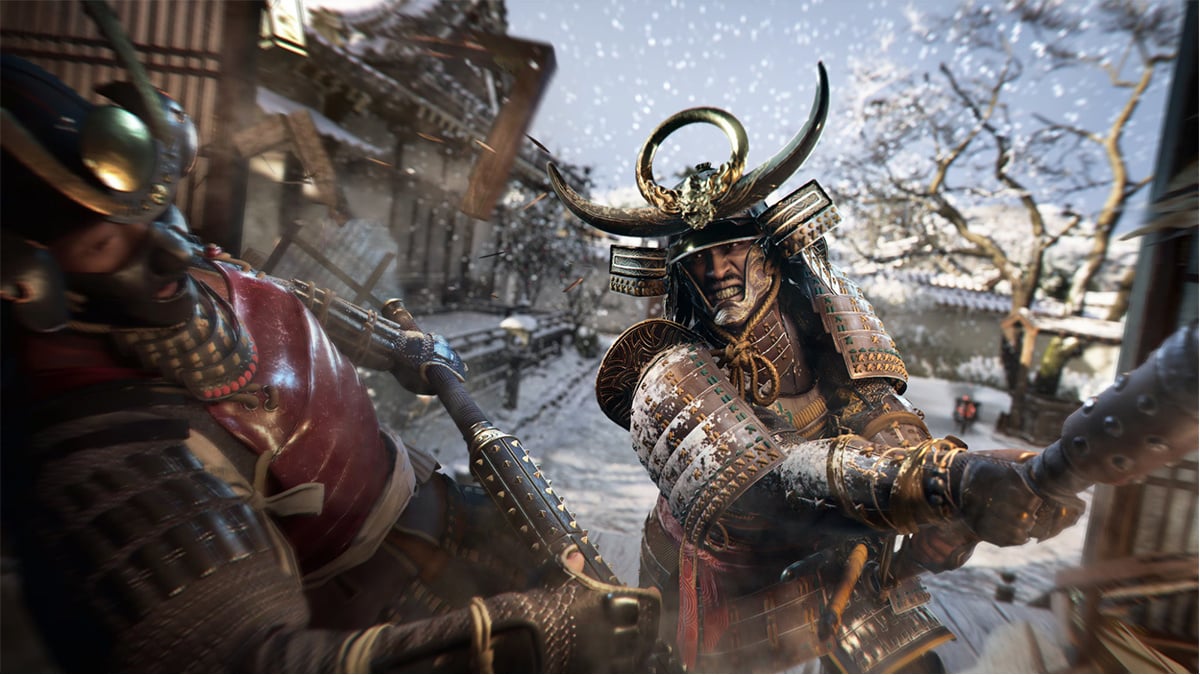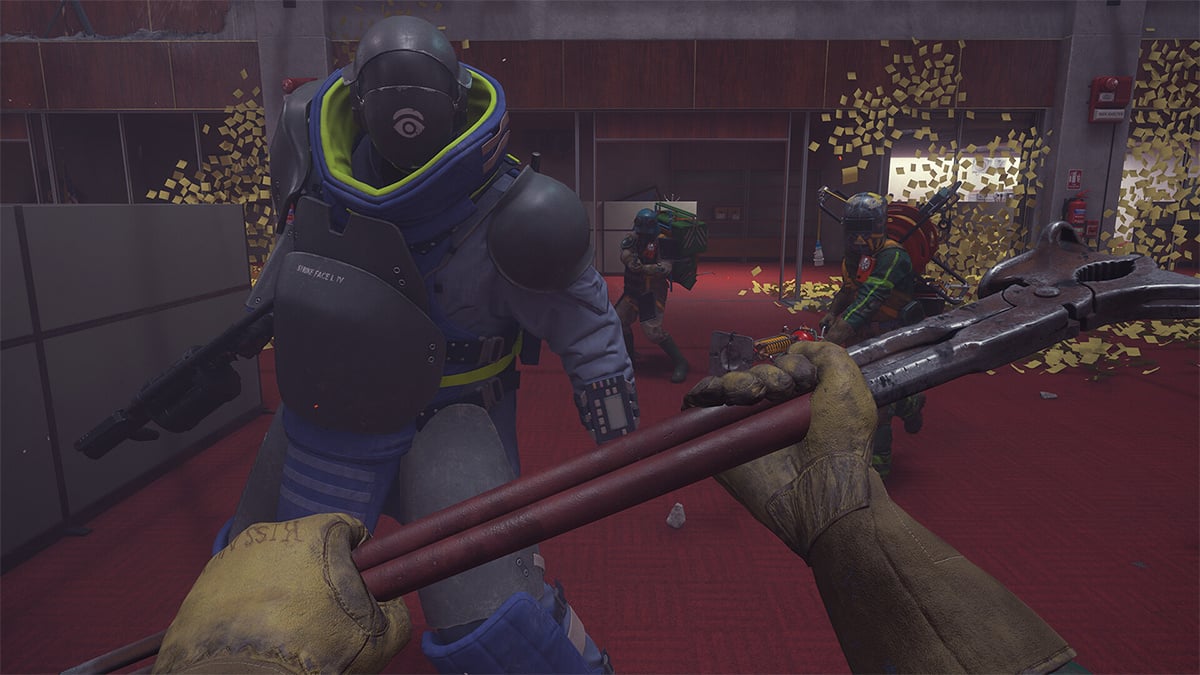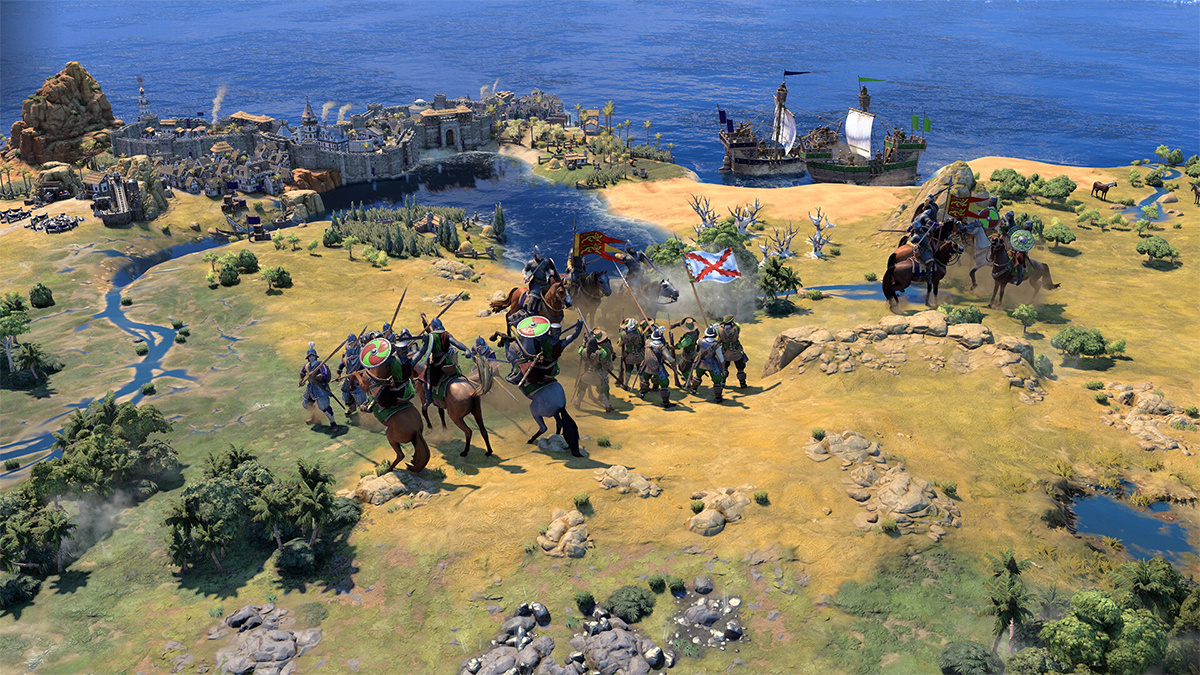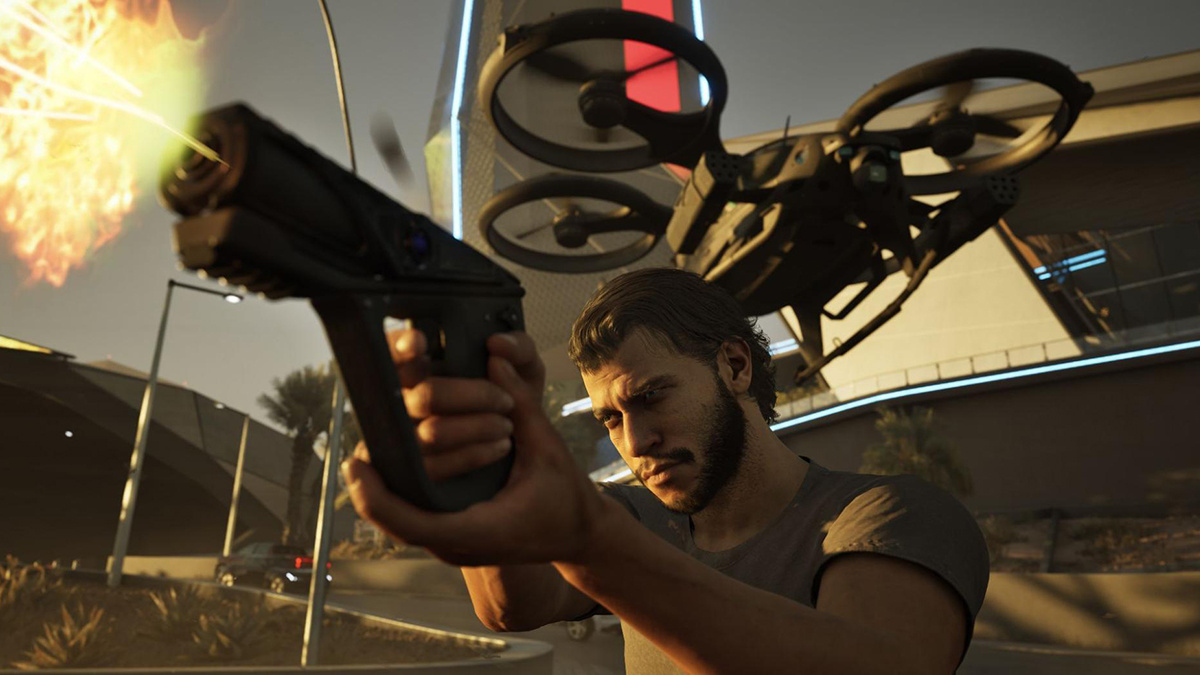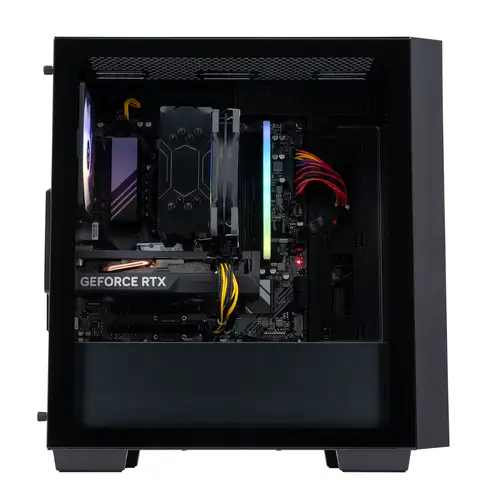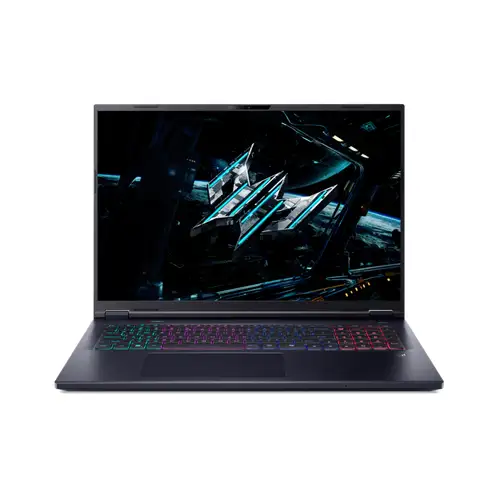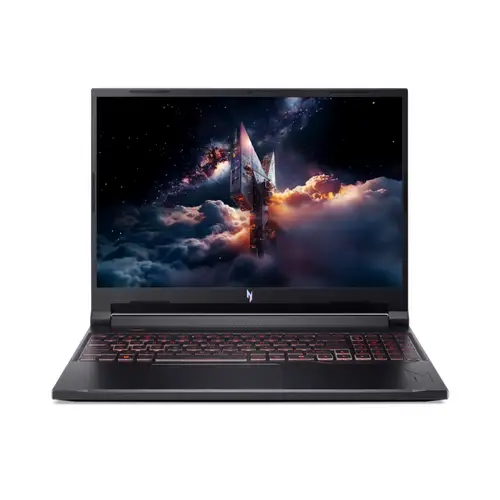Major AAA Gaming Flops of 2025
2025 has been packed with massive game releases, from long-awaited sequels to brand-new IPs. Some, like Clair Obscur: Expedition 33, Hades 2, and Hollow Knight: Silksong, have pushed the boundaries of creativity and lived up to their potential. Others have pushed players to the brink of frustration. A handful of titles carried enormous hype but landed with a dull thud. Whether they were technical messes, commercial flops, or simply disappointing follow-ups, these games quickly earned a spot among the biggest gaming flops of the year.
Some failed despite strong ideas. Others stumbled out of the gate with broken mechanics, messy launches, or poor business models. In a year loaded with high expectations, the biggest game flops of 2025 serve as a reminder that no franchise or studio is too big to fall.
So what makes a video game flop?
Not every bad game is a flop, and not every flop is a bad game. Sometimes, a project delivers solid gameplay but misses its commercial mark. Other times, it’s the complete opposite like a marketing success with broken systems underneath. For this list, we looked at three key failure points:
- Poor sales: A game doesn’t need to be unplayable to fail. If it can’t recoup its budget or meet expectations from publishers and investors, it’s a commercial flop.
- Unoptimized or buggy gameplay: Bugs, stuttering, crashes, or poor frame rates can make even good games feel unplayable. Technical issues are still a major dealbreaker in 2025.
- Shallow or broken game design: Good ideas fall flat without strong execution. Games that feel clunky, dull, or outdated lose players quickly.
- Fails to live up to its predecessor: Sequels carry expectations. If a new entry feels like a step backward or abandons what made the original great, fans will walk away.
- Bad value or aggressive monetization: Games that hide core content behind paywalls or overpriced DLC packs feel like cash grabs. A lack of meaningful content in the base game is also a red flag.
Most of the biggest gaming flops of 2025 fall into one or more of these categories. Some hit several at once. Let’s start with the mildest disappointment on the list and work our way toward the real disasters.
Biggest AAA gaming flops of 2025
7. Monster Hunter Wilds
Monster Hunter Wilds is not a bad game. At its core, it's a visually ambitious, content-rich title that builds on Capcom’s proven formula. But for PC players, it has become a symbol of frustration. Eight months after launch, the game still runs poorly for a large part of the community. Despite three major updates, Capcom has failed to deliver the one thing players have asked for since day one: a properly optimized PC port.
Performance issues dominate the conversation. Stuttering, low frame rates, heavy reliance on DLSS, and blurry visuals affect even mid-range and high-end machines. Capcom's RE Engine, while impressive in smaller titles like Resident Evil, struggles to handle the open-world scale of Monster Hunter Wilds. The game’s third update led to over 1,500 negative Steam reviews in a single day. Some users even reported the game running worse after the patch.
Capcom has promised fixes in Title Update 4, but trust is wearing thin. The game launched strong with 10 million units sold in its first month, including 8 million in the first three days. However, only 477,000 copies sold between April and June. That is a sharp drop and reflects a deeper issue than content fatigue.
The gameplay itself is not the problem. Many console players continue to enjoy the hunt. But when performance problems persist for this long, they become the story. Monster Hunter Wilds shows how technical issues and poor communication can sink momentum, even for a giant like Capcom.
6. Avowed
Avowed had every reason to succeed. A respected studio, years of development, major backing from Microsoft, and the legacy of Pillars of Eternity behind it. But after all the buildup, Obsidian’s fantasy RPG landed with a shrug. The result was a technically rough, creatively scaled-down title that failed to meet expectations, both from long-time fans and the broader RPG audience.
The signs were there. Avowed went through multiple reboots, changed directors, and scrapped its original vision for a massive open-world multiplayer experience. The final version replaced that ambition with a zone-based structure closer to The Outer Worlds. The darker, more serious tone from the 2020 teaser was also gone, swapped out for a more colorful, slightly cartoonish art style that confused fans expecting something closer to Skyrim.
At launch, reviews were mixed to positive, with critics landing around 80 on average. But even the positive reviews came with qualifiers. Players were less forgiving. Performance issues, long load times, stuttering, and minor bugs frustrated PC users. Combat was flashy at first, but became repetitive fast. Dialogue choices and character backgrounds had little impact. Towns felt static. Exploration was limited. For an Obsidian game, it lacked soul.
Obsidian pitched Avowed as a narrative-focused RPG. What players got felt closer to a Game Pass filler title. Within a week, active player numbers dropped sharply. Steam reviews skewed mixed, and discussion forums filled with complaints about the shallow systems and lack of immersion. Meanwhile, Microsoft touted 5 million players in its first month, but most had accessed it through Game Pass, not full-price purchases.
Technically, Avowed is playable. But for a game sold at $70 and marketed as a flagship RPG, that is not enough. The final product felt like a compromise, built on years of internal struggle and creative resets. It didn’t crash or burn. It just quietly fell flat.
5. Little Nightmares 3
By the time Little Nightmares 3 was announced, the franchise had already earned its place as one of the most distinctive horror platformers of the past decade. Fans expected a return to unsettling worlds, eerie sound design, and silent storytelling. What they got instead felt like a diluted imitation.
The problems started with the change in developer. With Tarsier Studios moving on, Supermassive Games took over and tried to emulate the formula. The result checked the right boxes visually, but lacked the atmospheric precision of the first two entries. Gone was the sense of dread. Gone was the feeling that everything in the world wanted you dead. Instead, players encountered disconnected enemies, confusing level pacing, and environments that looked the part but lacked tension.
Some of the new monsters, like the steam-avoidant supervisor or the oversized nursery baby, leaned too hard into spectacle. The menace was gone. Others simply ignored the player, leaving many sequences feeling lifeless. Even the AI companion system, meant to support online co-op, often broke immersion through glitches or awkward puzzle solutions. With no local co-op available at launch, solo players bore the brunt of the rough design.
Where the previous games thrived on ambiguity, Little Nightmares 3 leans heavily on outside media. Major plot elements are locked behind a companion podcast, and in-game storytelling feels gutted as a result. Instead of sparking theories, the narrative delivers explanations. Instead of mystery, there’s marketing.
By the time the credits roll, players are left not with answers or closure, but a roadmap for paid DLC. The base game feels like setup. The ending lacks emotional weight. What was once a masterclass in environmental storytelling has become a platform for franchise maintenance.
Little Nightmares 3 isn't broken, but it misunderstands what fans valued. It plays it safe, loses its identity, and drifts into mediocrity.
4. Assassin’s Creed Shadows
Ubisoft wanted Assassin’s Creed Shadows to be a fresh start. A full-priced, next-gen only title with a brand-new setting, two protagonists, and refined stealth-action gameplay. Instead, it became one of the year’s most polarizing releases and an example of how ambition without clarity can backfire.
Set in Sengoku-era Japan, Shadows introduces two main characters: Yasuke, a real historical figure reimagined as a slow, heavy bruiser, and Naoe, a fictional female shinobi with the agility and stealth mechanics more familiar to series veterans. In theory, this duality could have added depth. In practice, the split created friction. Naoe often felt sidelined in her own arc, while Yasuke's brute-force combat style clashed with the series' long-standing stealth identity.
Players were confused by the tone. The game mixed stylized combat with serious historical references but never struck a consistent voice. Level design leaned heavily into forced combat zones, and enemy AI remained weak. The open world was detailed but sparse. Side content quickly grew repetitive. Despite being marketed as the next evolution of Assassin’s Creed, it lacked the systems and polish that defined earlier titles like Origins or Odyssey.
The backlash was swift. Longtime fans criticized the decision to sideline Japanese stealth fantasy in favor of a combat-heavy approach. Others pointed to the awkward pacing, shallow RPG mechanics, and clunky character switching. Even the marketing came under fire, with trailers that oversold player freedom and underdelivered on mechanics at launch.
Sales reflected the reception. Ubisoft had projected Shadows to be one of its top sellers of the year. Instead, it sold just 2.4 million copies in its first six weeks. That was a steep drop compared to Valhalla. In response, Tencent invested €1.16 billion into a Ubisoft subsidiary to stabilize the franchise and retool future titles. Publicly, Ubisoft called it a restructuring. Internally, it looked more like damage control.
Assassin’s Creed Shadows is not the worst game of the year. But it failed to live up to its legacy, missed the mark on core mechanics, and left the fanbase divided. That alone makes it one of the most notable video game flops of 2025.
3. FBC: Firebreak
Few games this year flamed out as fast as FBC: Firebreak. Marketed as a high-octane, multiplayer-centric tactical shooter, it hit the scene with aggressive promotion and some early buzz. But within weeks of release, that buzz turned to silence and then to ridicule.
Firebreak was supposed to combine tight gunplay, dynamic maps, and a near-future dystopian setting. Instead, players got a shallow, chaotic experience that felt more like a budget beta than a finished product. Movement was clunky. Gunplay lacked impact. The game struggled to find an identity, bouncing between hero shooter and tactical sim without committing to either.
Worse, it launched with severe technical issues. Matchmaking failed regularly. Hit registration was unreliable. Servers were inconsistent at best and unplayable at worst. Even after emergency patches, the experience remained frustrating.
The monetization didn’t help. Cosmetics were overpriced, and the in-game store pushed bundles more aggressively than any actual gameplay. There was no real incentive to grind, and no reason to stick around after the first week.
Critics were unkind, and players were even less forgiving. Steam reviews tanked. Twitch interest disappeared. Within a month, its active player base dropped by over 80 percent. The developers promised a roadmap, but by then, most players had already uninstalled.
FBC: Firebreak didn’t just underdeliver. It failed to justify its existence in a crowded market. No unique hook, no standout mechanics, and no staying power. It will likely be remembered as one of 2025’s fastest-burning video game flops.
2. Civilization VII
Firaxis had a golden opportunity with Civilization VII, a chance to modernize a legendary series and bring in a new generation of strategy fans. Instead, they delivered a game that confused veterans, bored newcomers, and cratered player counts within weeks.
Its biggest issue was identity. The age-based system, which reset objectives every few turns, stripped away the long-term planning that made the franchise famous. Gone was the feeling of building something lasting. Instead, every era felt like a timed challenge with arbitrary rules, undermining progression and making tech trees, wonders, and even early-game choices feel disposable.
Players noticed. The game peaked at 85,000 concurrent players on Steam, then dropped below 9,000 within a month. Civ VI, now eight years old, consistently performs better. On PlayStation, it debuted at number 125 during its launch week. For comparison, Civ VI sold over a million PC copies in its first two weeks.
Meanwhile, the split between leaders and civilizations was marketed as innovation but came off like monetization in disguise. Bundles priced at $30 offered thin content, often launching with bugs or missing features. Even core mechanics like city-states and religion were underdeveloped. Diplomacy was forgettable. The AI still couldn’t manage a war. Victory types felt either broken or irrelevant.
Firaxis promised updates, but fans weren’t waiting. Most went back to Civ VI or left the genre entirely.
What makes Civ VII sting isn’t just that it launched rough. It abandoned the magic that made Civ what it was. Ambition is welcome, but not at the cost of fun.
1. MindsEye
There was real hope that MindsEye, the debut from Build A Rocket Boy, would revive the cinematic open-world action game. Instead, it turned into one of the most baffling failures of 2025.
It began with potential. The prologue was tense and stylish, setting up a near-future techno-thriller about a military drone pilot who loses his connection to a powerful neural implant. The early promise didn’t last. What followed was a bloated mess of half-baked ideas, glib dialogue, and an increasingly absurd plot involving cyborg soldiers and a military coup in a city modeled after Las Vegas.
Critics were harsh. Eurogamer called it “an unmitigated disaster,” and the combat was universally panned as some of the worst in recent AAA history. The main character lacked basic abilities like dodging, melee attacks, or throwing grenades. He couldn’t even enter cars from the passenger side without awkward pathing. The drone mechanic, positioned as a signature feature, felt undercooked and unengaging.
The world itself, Redrock City, looked impressive on the surface but lacked meaningful interaction. Players were constantly pressured to move between missions, with no incentive to explore. Driving was one of the few highlights, thanks to a surprisingly responsive vehicle model, but car chases were rare and often poorly designed.
Side missions introduced the game's creation tools, meant to empower player-made content, but these segments were riddled with sloppy pacing and confusing design. One of the first optional missions lasted under two minutes and involved shooting poorly placed enemies in a lifeless environment. Other side content was equally hollow and failed to showcase the tools’ creative potential.
MindsEye didn’t chart on major sales rankings and failed to gain any traction on Twitch or YouTube post-launch. For a game designed to launch a new platform and studio, it landed with almost no impact. Instead of feeling like a spiritual successor to GTA or Cyberpunk 2077, it felt more like an empty tech demo trying to impersonate better games from the past.
Conclusion
In 2025, even the biggest studios with massive budgets and trusted franchises could not guarantee success. Titles like MindsEye, Civilization VII, Assassin’s Creed Shadows, and FBC: Firebreak show how rapidly things can go wrong when innovation misfires, systems collapse, or core gameplay is ignored. These games didn’t just miss the mark, they lost the trust of players who had once believed in them.
What stands out is not the ambition, but the execution. These failures are reminders that high expectations, expansive design, and a strong legacy are not enough without polish, meaningful mechanics, and a coherent vision. In a crowded market, survival depends on more than hype.
If you want to explore even more high‑profile flops and what went wrong in years past, check out this article on Major AAA Gaming Flops of 2024.
Recommendended Products
Patrick Yu is a Senior Project Manager at Level Interactive and has 8 years of experience writing business, legal, lifestyle, gaming, and technology articles. He is a significant contributor to Acer Corner and is currently based in Taipei, Taiwan.

